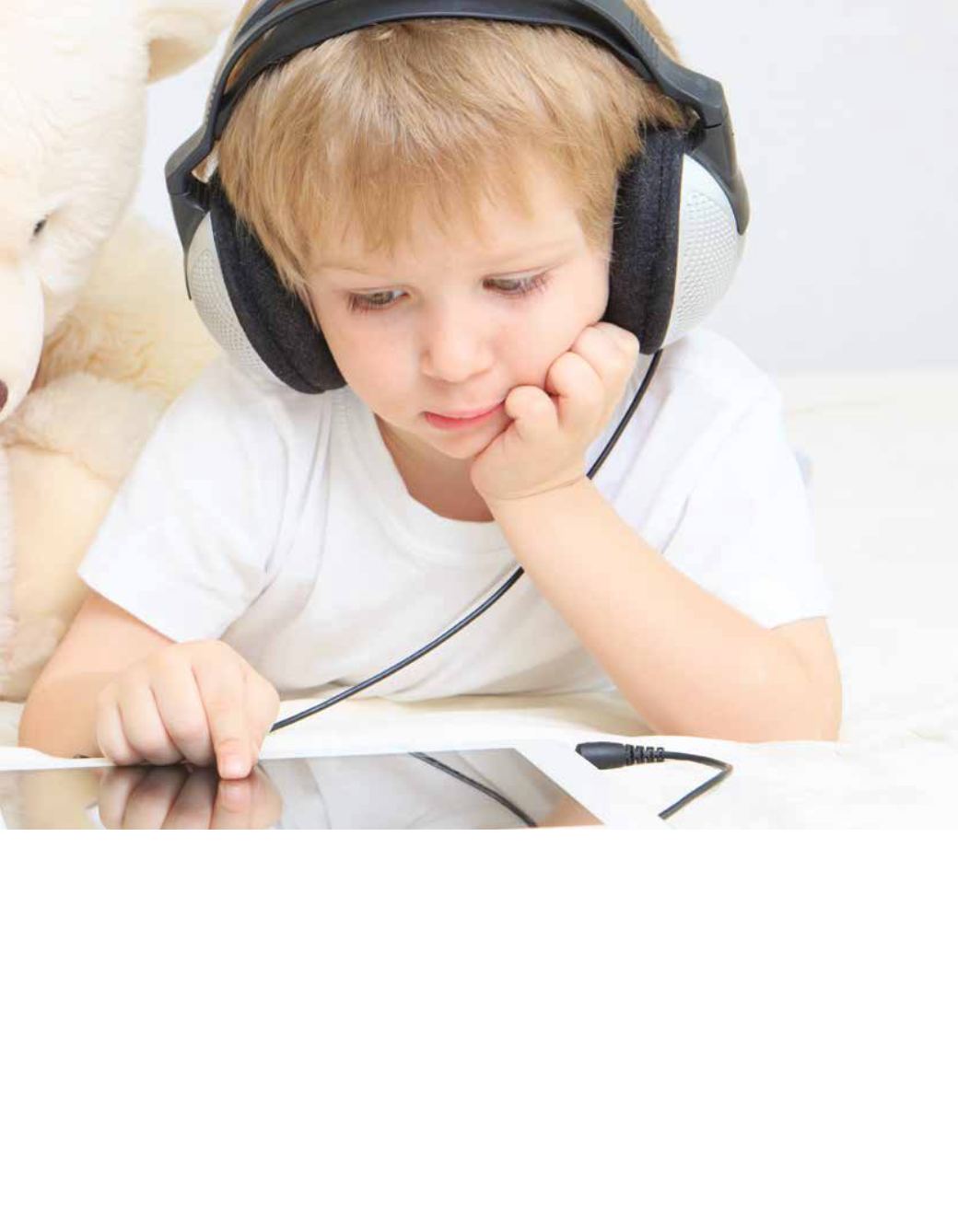
(usually an iPad). These apps display
a series of pictures and symbols, and
the child can tap on them on the
screen to form sentences. The device
then speaks the sentences out loud for
the child. Although the functions and
features vary between apps, the basic
premise remains the same: they give
children a voice.
Using this new technology can
make a dramatic difference to a child’s
life. Raymond Fung, Behavioural
Consultant at Autism Partnership,
Hong Kong, uses a variety of new
technologies with students, including
communication aids. He explains,
“I have a student who could not use
speech to communicate. He had to
use sign language or physical actions
to communicate his needs, but often
got annoyed by other people. He got
frustrated easily when he did not get
enough attention from his family
members because he had limited
interests and skills to occupy himself
with meaningful activities.
“After his teacher taught him to use
an iPad to communicate his needs,
to take photos, to upload the photos
to Facebook, to search his favourite
NBA videos on YouTube and to listen
to music, his disruptive behaviours
have been reduced because he doesn’t
seek ongoing attention from his family
members when he can entertain
himself with the iPad.”
Hearing help
For children who have a hearing
impairment or are deaf, new
technologies and apps have also
opened up new communication
possibilities. Out go the previously
impossible phone calls, and in comes
video conferencing, so that sign
language and lip-reading can be used.
Many devices have some built-in
sound amplification technology and
April 2015
75


